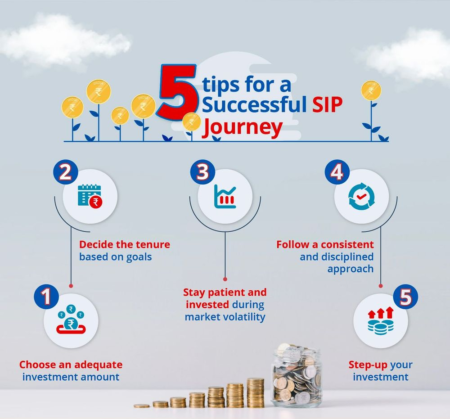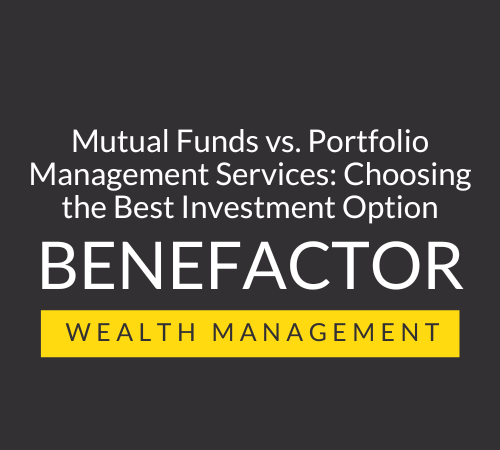For investors aiming to build wealth through equity investing, mutual funds (MFs) stand out as the preferred vehicle for gaining exposure to the stock market. Offering diversification, regulation, and transparency, MFs provide investors with a confident avenue to invest aggressively. However, despite being perceived as less risky compared to alternative options like Portfolio Management Services (PMS) and direct equity, the absence of a well-defined risk management plan often undermines the wealth creation process.
Here’s a step-by-step exploration of why having a robust risk management strategy is essential for equity mutual fund investments:
- Benefit of Compounding vs. Short Holding Periods:
- The ultimate goal of equity investing is to leverage the power of compounding, which requires staying invested for over 20 years.
- However, the average holding period for equity MFs is merely around two years, mainly due to factors such as volatility, impatience during market downturns, chasing performance, and unsuccessful market timing attempts.
- Impact of Investor Behavior on Returns:
- Despite attractive performance data, investors often fail to capture the full returns of MF schemes due to erratic behavior like buying high and selling low.
- This behavioral gap leads to underperformance compared to the fund’s actual returns, as highlighted by studies such as the one conducted by Dalbar in the US market.
- Addressing Volatility and Investor Emotions:
- While portfolio construction can help manage volatility to some extent, investment results are heavily influenced by investor behavior.
- Holistic risk management involves addressing investor emotions, expectations, and the behavioral aspect of investing, besides market performance.
- The Need for a Defined Risk Management Plan:
- Many investors resort to systematic investment plans (SIPs) and systematic transfer plans (STPs) to mitigate risk.
- However, as the investment corpus grows or after experiencing significant losses, the importance of a well-defined risk management plan becomes more evident.
- Components of a Sound Risk Management Framework:
- Asset Allocation: Determining the ideal allocation between equity, debt, and alternative assets based on current and desired states.
- Rebalancing Frequency: Establishing a timetable to realign the portfolio periodically to maintain the desired risk profile.
- Drawdown Management: Developing a strategy to navigate market downturns and deciding on an acceptable level of drawdown before taking action.
- Derivative Hedging: Utilizing Covered Calls to Mitigate Underperformance Risk and Hedge the Portfolio Effectively
- Expectation Management: Managing investor expectations to avoid disappointment during market fluctuations and unforeseen events.
- Model Portfolio: Simplifying risk management by maintaining a well-balanced portfolio of a few carefully chosen schemes rather than a large, unwieldy one.
In conclusion, successful equity investing requires a disciplined approach to risk management. By addressing volatility, investor behavior, and market expectations through a well-defined framework, investors can enhance their chances of achieving long-term financial goals with mutual funds.
If you are looking forward for financial services concider contacting us at contact@benefactor.co.in or Click Here.
For direct consultation or inquiries, please feel free to contact Mr. Piyush Kumar via email at contact@piyushkumar.in or visit website at www.piyushkumar.in.



